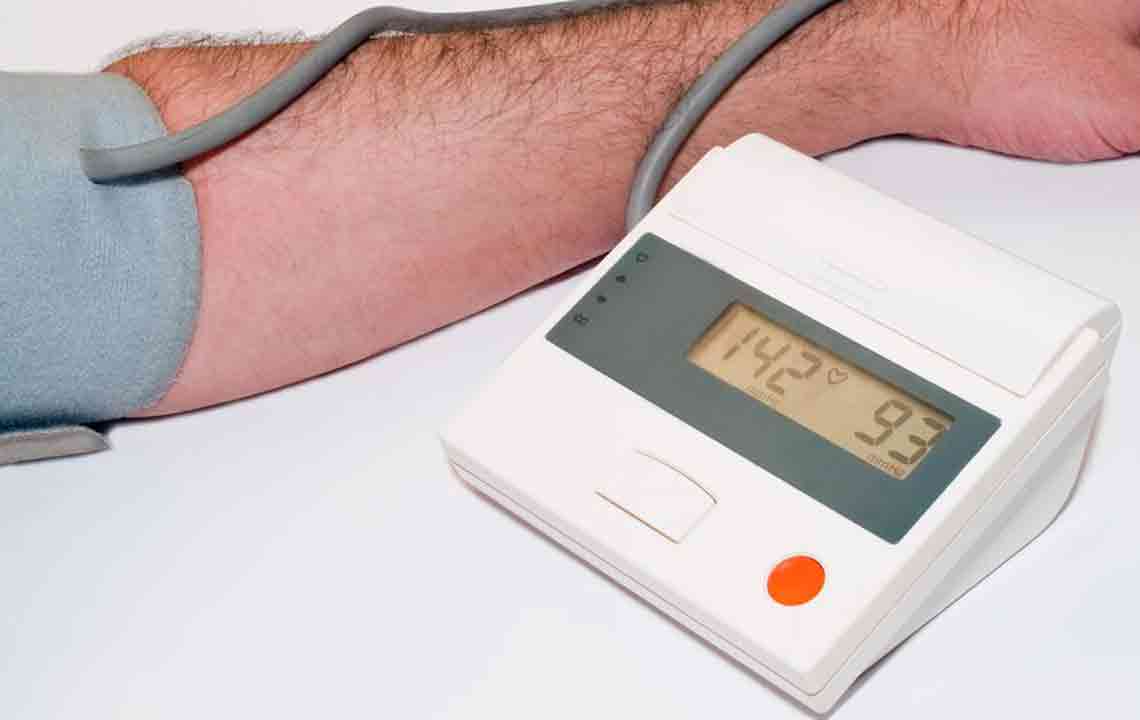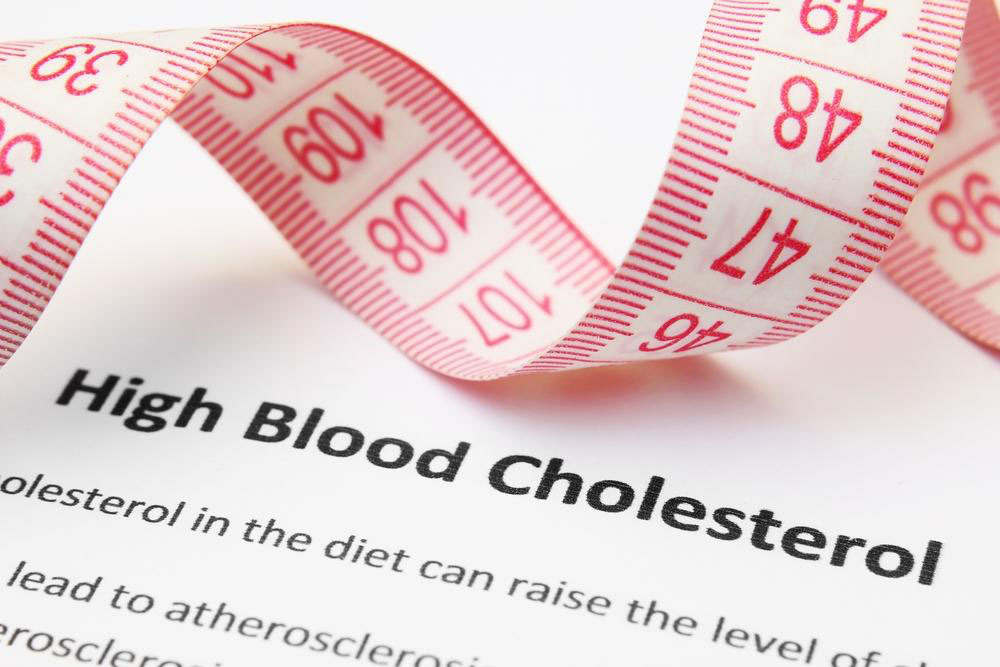Understanding Healthy Cholesterol Levels and How to Maintain Them
Learn about ideal cholesterol levels and effective strategies to maintain heart health. This guide covers what influences cholesterol, recommended testing guidelines, and lifestyle changes like diet and exercise to keep your cholesterol balanced and reduce cardiovascular risks. Regular monitoring and proactive habits are key to lifelong heart health.

Understanding Healthy Cholesterol Levels and How to Maintain Them
Cholesterol is a waxy, fat-like substance produced naturally by the body, integral to cell structure and used in the synthesis of Vitamin D, hormones, and bile salts. Maintaining balanced cholesterol levels is vital for health, as elevated levels can increase the risk of heart attacks and strokes. The liver typically produces sufficient cholesterol, but consuming foods high in saturated fats, trans fats, and processed options can raise blood cholesterol levels. It’s important to monitor and manage these levels to support cardiovascular health.
Total cholesterol is influenced by LDL (bad cholesterol), HDL (good cholesterol), and triglycerides. Elevated LDL and triglyceride levels can cause deposits in arteries, leading to narrowing and blockages that heighten the risk of heart disease. Conversely, HDL helps remove cholesterol from the bloodstream, transporting it to the liver for elimination. Maintaining a healthy balance between these components is crucial for cardiovascular protection.
High LDL and triglycerides, combined with low HDL, increase the likelihood of heart problems. Regular testing is recommended for adults over 20 every four to six years, with more frequent checks if risks or family history exist. According to the National Heart, Lung, and Blood Institute, a healthy adult’s total cholesterol should be under 200 mg/dL. Children’s levels should also be assessed between ages 9-12 and 17-21, with additional screenings for those at higher risk due to heredity or health conditions.
Various factors influence cholesterol levels, including diet, weight, physical activity, age, gender, heredity, and health issues like diabetes. Consuming foods rich in saturated fats, trans fats, and cholesterol increases blood cholesterol. Overweight individuals tend to have higher LDL and triglyceride levels. Physical inactivity and aging also contribute to unfavorable cholesterol profiles, with men generally at higher risk, though post-menopausal women face increased risks as well. Hereditary conditions, such as familial hypercholesterolemia, can significantly elevate cholesterol levels from birth.
To keep cholesterol within healthy ranges, lifestyle adjustments are essential. A nutritious diet emphasizing soluble and insoluble fiber—found in oats, fruits, vegetables, and beans—can reduce bad cholesterol. Incorporating omega-3 fatty acids from sources like nuts and oily fish supports heart health. Moderation in alcohol intake is also advised. Regular exercise, such as brisk walking or swimming, helps improve cholesterol balance over time. When combined with medication prescribed by your healthcare provider, these strategies effectively promote cardiovascular wellness.
Note:
Our blog provides comprehensive insights into health topics, but it is not a substitute for professional medical advice. Consult your healthcare provider for personalized recommendations and clarification on cholesterol management plans. We disclaim responsibility for any discrepancies or inaccuracies, and readers should seek tailored guidance for their specific health needs.










